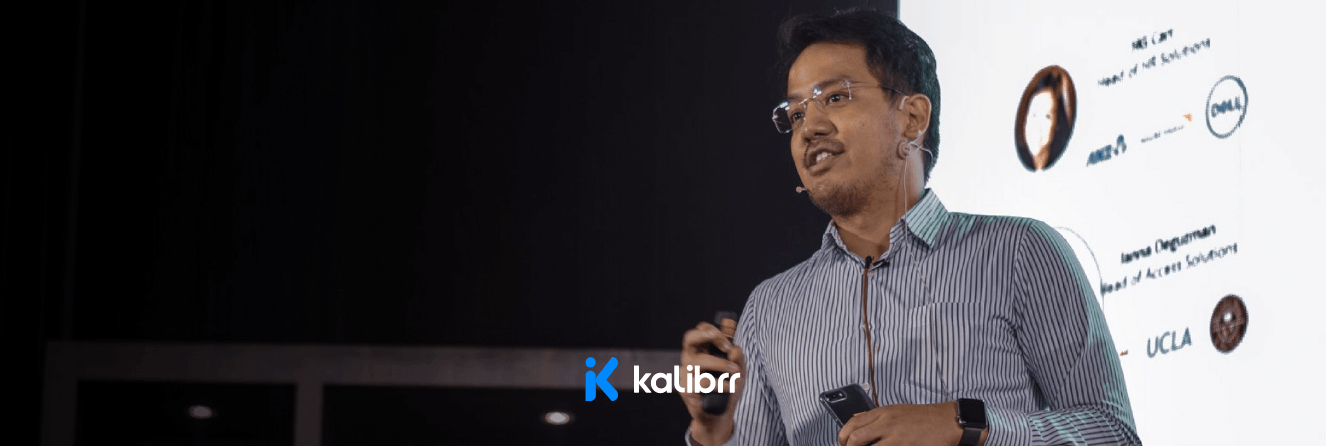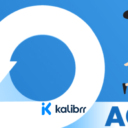How to Bridge the Gap Between Leaders and Employees and Help the Latter Perform

“Address the disconnect between upper management and operations to increase productivity and not miss opportunities to innovate or improve.”
It is with good reason that most bosses are almost always recommended to establish boundaries with their employees and vice-versa. It is particularly necessary when trying to avoid certain conflicts of interest that can disrupt the business as well as affect the overall dynamic of the workplace.
Examples of such scenarios include employees who are friends of managers being promoted, where even if they earned their new position, questions arise from their closeness to the manager/s, leading to their not having the full support of their own subordinates and/or colleagues, as well as a work environment full of doubt and even some politics.
Unfortunately, some confuse establishing boundaries with ignoring the gaps between leaders and their people, and it is in these gaps that both parties fail to understand what the other needs to fulfill their roles successfully, and ideas and innovations are not communicated which result to missed opportunities.
Deciding Differently
David Bonifacio, Managing Director of New Leaf Ventures and CEO of Bridge Southeast Asia, shared at the Asia HR Innovation summit held last September in Pasay City how, based on his experience, going beyond the typical corporate playbook and addressing employer and employee gaps are indeed beneficial.
He intimated how one of his longtime employees, along with two other colleagues decided to visit a foot spa during working hours after working for an extended period of time the day before. Unfortunately, they were seen by Bonifacio’s business partner, which at the time questioned employing people who don’t work “hard.”
“They had been working, and they thought, ‘we are so tired, our brains feel so swamped’, so they decide to go to a foot spa. So my partner goes ‘this is unacceptable, what kind of team are your running? Foot spa? At 2 pm? This is insane’ and so on and so forth.”
Bonifacio further detailed how he decided to only give the employees a memo for the infraction and implied that should it happen again is when they’ll no longer be part of the team.
“I believe the CEO is the primary bridge builder in the company. So HR wanted to say ‘here’s our policy, get them out, finance wanted to say ‘why are we paying people who are in a spa?’ I said ‘wait, we have other concerns. This is an opportunity to communicate to everyone what our values are, that we think differently, not just in a slogan, but we actually decide differently.’”
The key takeaway to the story, Bonifacio shared, was one of the employees that was part of the misunderstanding had later become one of the key people in the development of Bridge, a triple SaaS platform in Southeast Asia, which provides software as a service, sales as a service, and support as a service solutions to companies in the region.
“If many years ago, because of a foot spa incident, and if I was a formulaic guy who would have said ‘you know what, here what it (rules) says, so you’re out, sorry, go to some other company’, then we wouldn’t have Bridge today. I could’ve written off our most exciting project because of a minor incident, and I’m happy we didn’t.”
Connecting and Aligning Goals
Bonifacio surmised that a misalignment of the personal and company goals is one of the biggest causes of the gap between leaders and those being led, and addressing it haphazardly with only one side of the coin being considered leads to the gap growing.
“I find that it often becomes antagonistic when people try to bridge the gap. Is it a profit and loss problem, is it a people problem? No, it’s both. The reason I say this is, when you look at companies today, there is a disconnect between the company’s goals and the individual’s goals. The company would’ve said, ‘you know what, you were bad for our goals for being in that spa’, and the person is like ‘hey, I’m doing overtime for you every day, give me a break.’ Without effective bridging, you’ll have burnout or you’ll have failure.”
He further shared how he has observed that the most effective way to succeed with aligning goals is to always start with the individual, particularly appealing to their desire to perform well from a personal standpoint. When employees begin taking pride in doing well, they do better, and ultimately that is when the company overall does better.
“When people are performing well, it leads to great productivity, and when a company is productive it leads to results, and from results it leads to rewards.”
The typical mistake most companies make when doing this, Bonifacio concluded, was centering the strategies on the employees’ end game, which is the rewards, and focusing on helping employees’ perform, such as understanding what they need to do better or knowing when they are burning out, may be more effective.
“A lot of companies’ strategies are centered on rewards first. But if you put rewards before performance and productivity, you incentivize the wrong behavior, and you wonder why it’s not working. You’ll wonder why you’re losing credibility. It’s because of a rewards strategy that comes before results. But, over time, if you come up with strategies that are entered on results, then you gain credibility and your people start trusting you.”
Kalibrr is a technology company that aims to transform how candidates find jobs and how companies hire talent. Placing the candidate experience at the center of everything it does, the company continues to attract the best talents from all over, with users of 1.6 million and counting. Kalibrr ultimately connects these talents to companies in search of their next generation of leaders.
The only end-to-end recruitment solutions provider in Southeast Asia, Kalibrr is headquartered in Makati, Philippines, with offices in San Francisco, California and Jakarta, Indonesia. Established in 2012, it has served over 18,000 clients, and is backed by some of the world’s most powerful start-up incubators and venture capitalists. These include Y Combinator, Omidyar Network, Patamar Capital, Wavemaker Partners, and Kickstart Ventures.
Need help with recruitment? Sign up for Kalibrr and start hiring better today! For more business and recruiter advice, follow Kalibrr on Facebook, Twitter, LinkedIn, and Instagram.





Belum ada komentar yang tersedia!